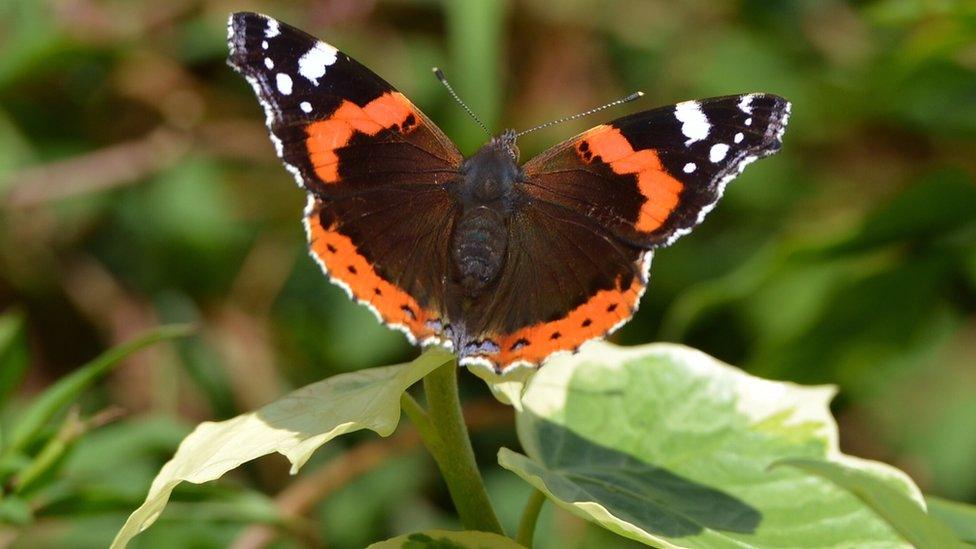Big Butterfly Count: Some species almost halved in NI
- Published
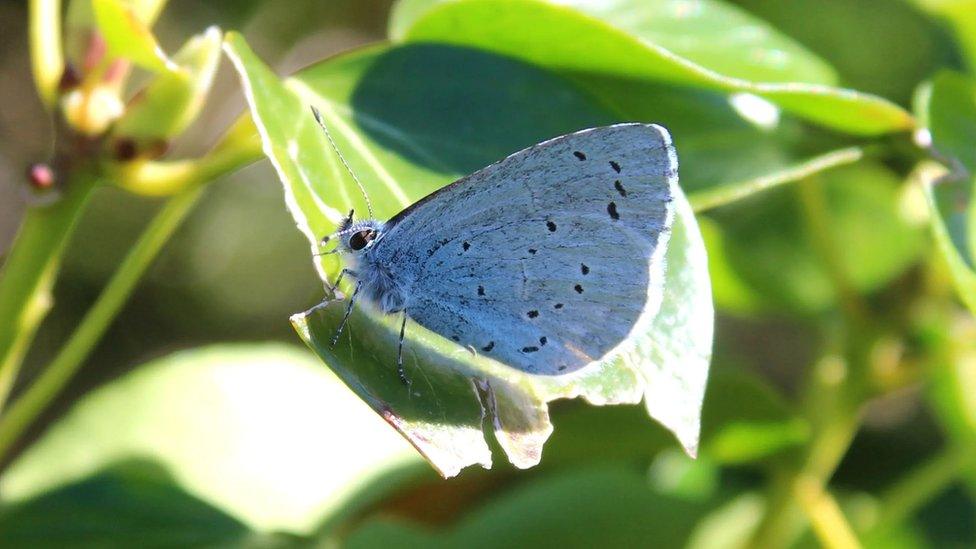
The Holly Blue butterfly can be seen in Northern Ireland
Butterflies continue to struggle in Northern Ireland, according to the results of the 2022 Big Butterfly Count.
The project by Butterfly Conservation was carried out for just over three weeks during the summer, as it has been every year for more than a decade.
It showed the numbers of some species have almost halved in Northern Ireland, while others are performing better.
A representative from the organisation said numbers "just aren't high enough".
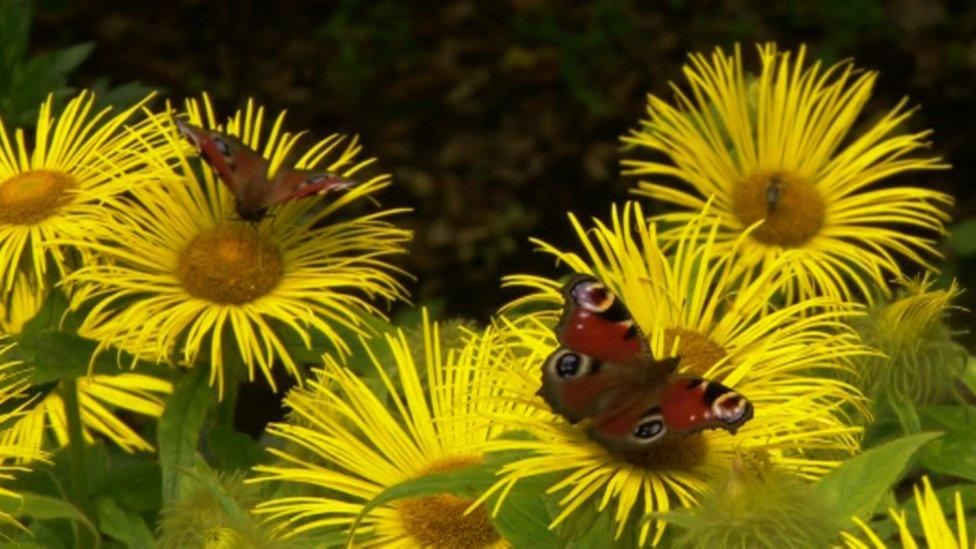
The Peacock butterfly has flourished, with numbers doubling during this summer's count
Rosie Irwin, senior engagement officer with Butterfly Conservation Northern Ireland, said they were typically seeing about nine species in the average count.
"It's not what we would expect to see," she said.
"There are approximately 27/28 species in Northern Ireland, then 32 or 33 give or take a few migrant species across the island of Ireland, so you would expect to see a lot more than that."
Species like the Small White and Silver Y showed declines of almost 50%.
Other species, like the Red Admiral, have tripled while the Peacock doubled.

The Red Admiral butterfly was among the most successful species as its numbers have risen three-fold in the NI survey
"We've had a lot of Ringlets, we reckon that was because during the Butterfly Count that was during their flight season," said Ms Irwin.
"We had an increase in Peacock and Red Admiral, which is great to see, and an increase in the blues, the Holly and the Common Blue.
"But still not the numbers we would expect to see."

Analysis: 'Canary in the coalmine'
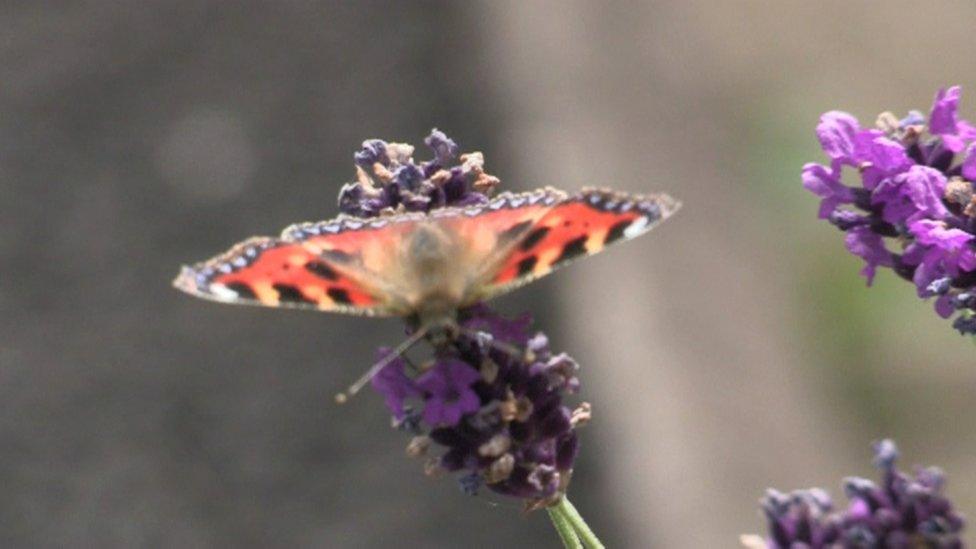
Citizen science like this is important because it is often carried out in people's back gardens - effectively bringing the experts into a "lab" they don't usually have access to.
So the more people who take part, the better.
And butterflies play an important role in pollination, which helps to sustain our ecosystem.
They're also regarded as a "canary in the coalmine" when it comes to the impact of climate change on our environment.
They are sensitive to change and decline in their numbers or changes in their locations is regarded as an early indicator of a bigger problem.

There were approximately 1,200 counts carried out in Northern Ireland between Friday 15 July and Sunday 7 August.
The information gathered by those who took part all over Northern Ireland is used by scientists like Zoë Randle at Butterfly Conservation.
"All of this data is used to target conservation work on the ground because ultimately you can't conserve species unless you know where they are found," said Ms Randle.
"The geographical spread and range of the Big Butterfly Count data really does provide important data for us along with data from other schemes."
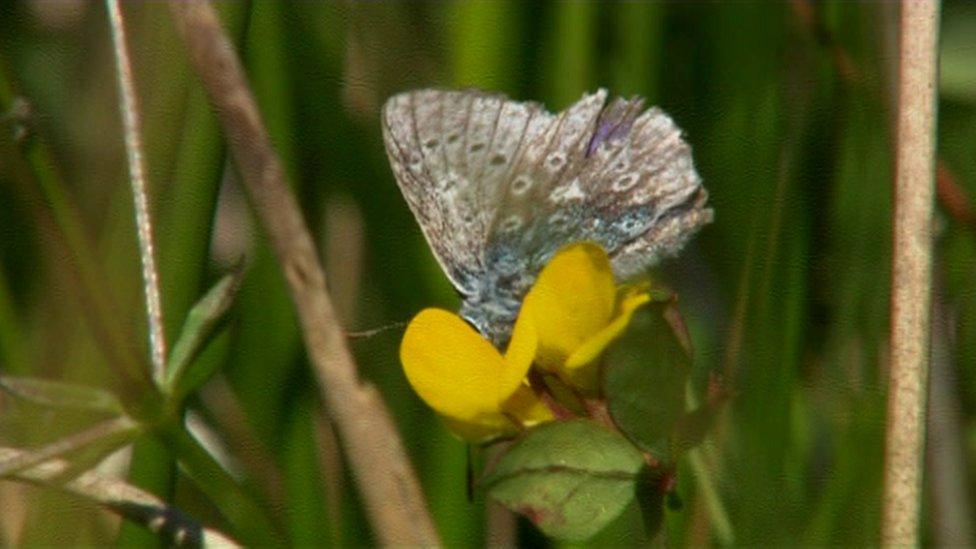
The Speckled Wood butterfly fell just outside the top 10 most counted butterflies in the UK-wide survey
Across the UK, fewer butterflies were recorded overall, external and the general decline recorded in previous years continues.
A similar survey in the Republic found seven species in strong decline, external too.
Next year's count has been set for between 14 July and 6 August.
There is time before then for people to take steps to encourage and support butterflies in their garden or space available to them.
"Something really simple like planting a herb pot in the front of your balcony or somewhere that you have, but if you don't have that, you can connect with your local community space," added Ms Irwin.
Related topics
- Published31 July 2022
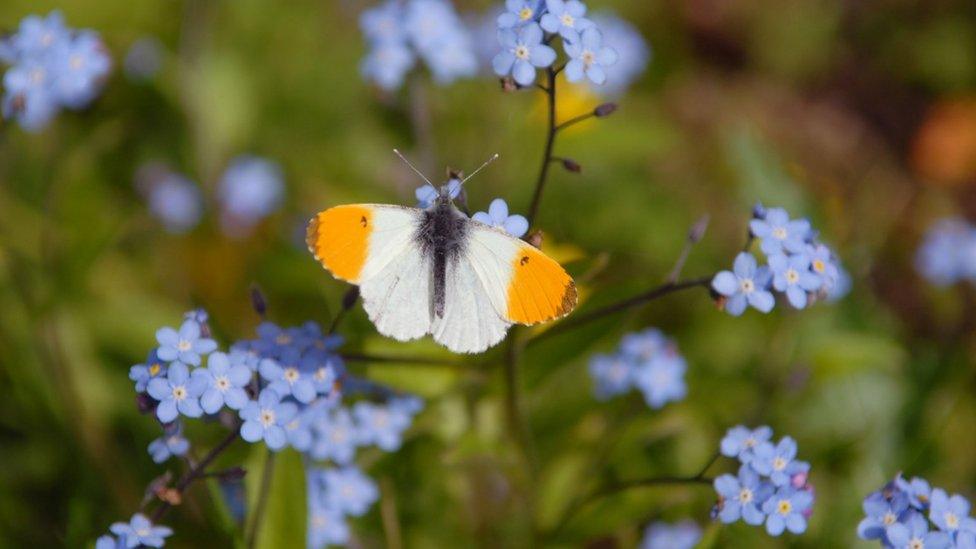
- Published15 July 2022

- Published16 July 2021
